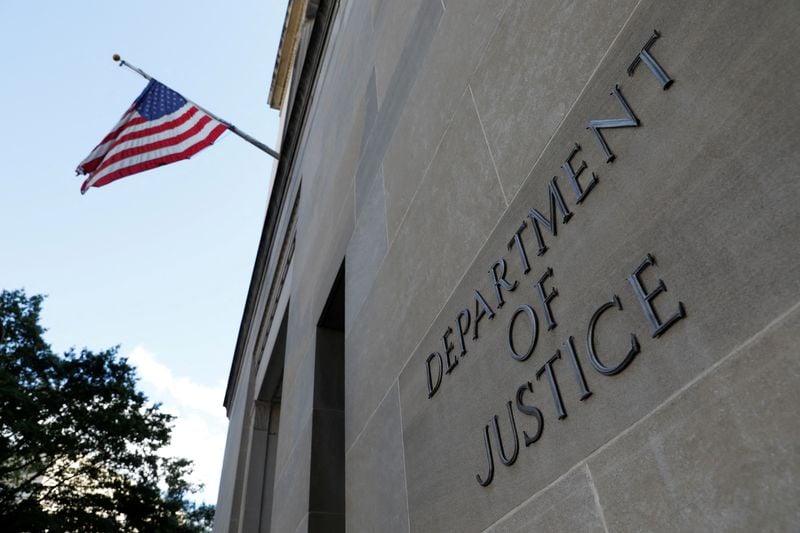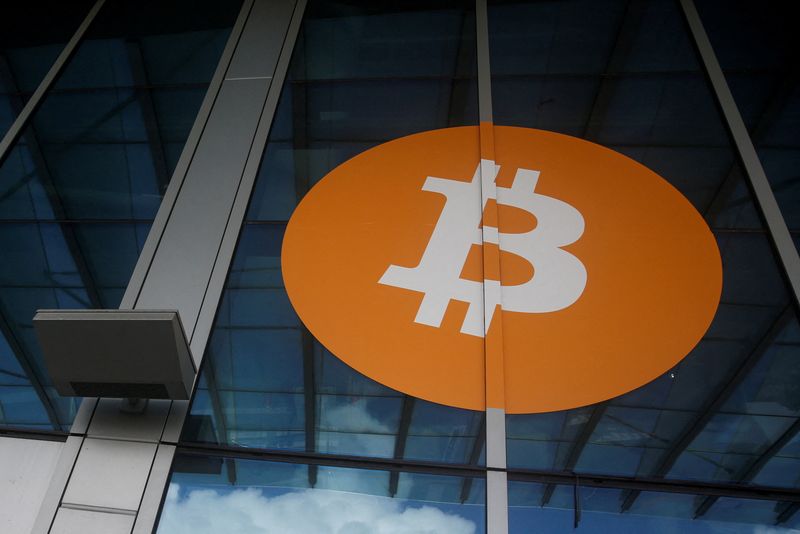LAREDO, Texas – A 29-year-old local man has been sent to prison following his conviction of being a felon in possession of a firearm, announced U.S. Attorney Jennifer B. Lowery.
Manual Dominquez, Laredo, pleaded guilty Aug. 12, 2021.
Today, U.S. District Judge Diana Saldana ordered he serve 87 months in federal prison to be immediately followed by three years of supervised release. At the hearing, the Judge noted Dominguez’s violent criminal history, the cache of weapons and ammunition in his home and the fact he was attempting to smuggle high-powered rifles into Mexico.
Dominquez was taken into custody following an undercover operation in May 2021. Someone in Mexico had sent him to pick up two Barrett .50 caliber rifles at a Home Depot parking lot. Upon arrival, Dominguez inspected the firearms and provided three stacks of $9,900, wrapped in rubber bands.
Dominguez loaded the first firearm into the back seat of his car, at which time he was taken into custody. Authorities conducted a search at his residence where they found more firearms and over 6,000 rounds of ammunition.
The rifles were intended to go to members of the Cartel De Norte, a violent drug cartel in Mexico.
Ad: Save every day with Amazon Deals: Check out today's daily deals on Amazon.
Dominguez was previously convicted in Webb County of aggravated assault with a deadly weapon. As such, he is prohibited from possessing firearms or ammunition per federal law.
He was permitted to remain on bond and voluntarily report to a U.S. Bureau of Prisons facility to be determined in the near future.
The Bureau of Alcohol, Tobacco, Firearms and Explosives; Homeland Security Investigations and the Laredo Police Department conducted the investigation. Assistant U.S. Attorneys Anthony J. Evans and Brandon Bowling prosecuted the case.








